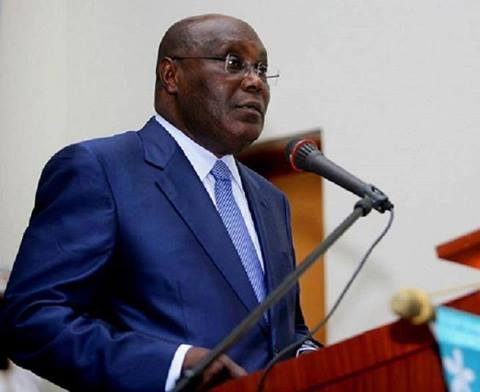Former vice president and the All Progressive Congress presidential candidate, Alhaji Atiku Abubakar has said that only 30 per cent of Northerners are educated. He also said the northern part of Nigeria has the highest rate of illiteracy in the country.
Atiku made this known while speaking during a public presentation of a book “Re-thinking the Legal Framework for Rights of Women and Girl-Child in Nigeria,” in honour of his wife, Amina Titi Atiku Abubakar.
He also said that 38 percent of women in Nigeria lack formal education while only 4per cent of them have higher education.
Atiku added that 10 million Nigerian children are currently out of school with women constituting 60 percent of them, saying about 22 percent of teenage girls in Nigeria have at least one unwanted pregnancy.
According to him, “There is no doubt that the rights of women and girls need to be protected and promoted. As a country, we are currently not doing enough in that regard, not in educating them, not in promoting and caring for their health and not in dealing with crimes against them such as rape and several others.
“WOTCLEF believes that every child has a right to life, to education, to leisure, to recreational activities and to develop mentally and emotionally, and to protection from any form of harm.
“Perhaps no greater harm can be done to a girl-child than denying her an education. And it is also a great harm to the society. Educating girls is vital because girls who acquire education tend to become better mothers, have fewer and healthier children.
“Indeed, as UNICEF points out, every additional year of schooling reduces the probability of child mortality by five to ten percent. And if you look around your various communities you are likely to find that children whose mothers are educated tend to be educated themselves.
“Figures from the United Nations, national reports and studies initiated by non-governmental organizations always show that girls, as a group, have lower literacy rates, received less health care, and are often more impoverished than boys. The UNESCO estimates that over 100 million girls in low and middle income countries cannot read a sentence.”



Leave a Reply